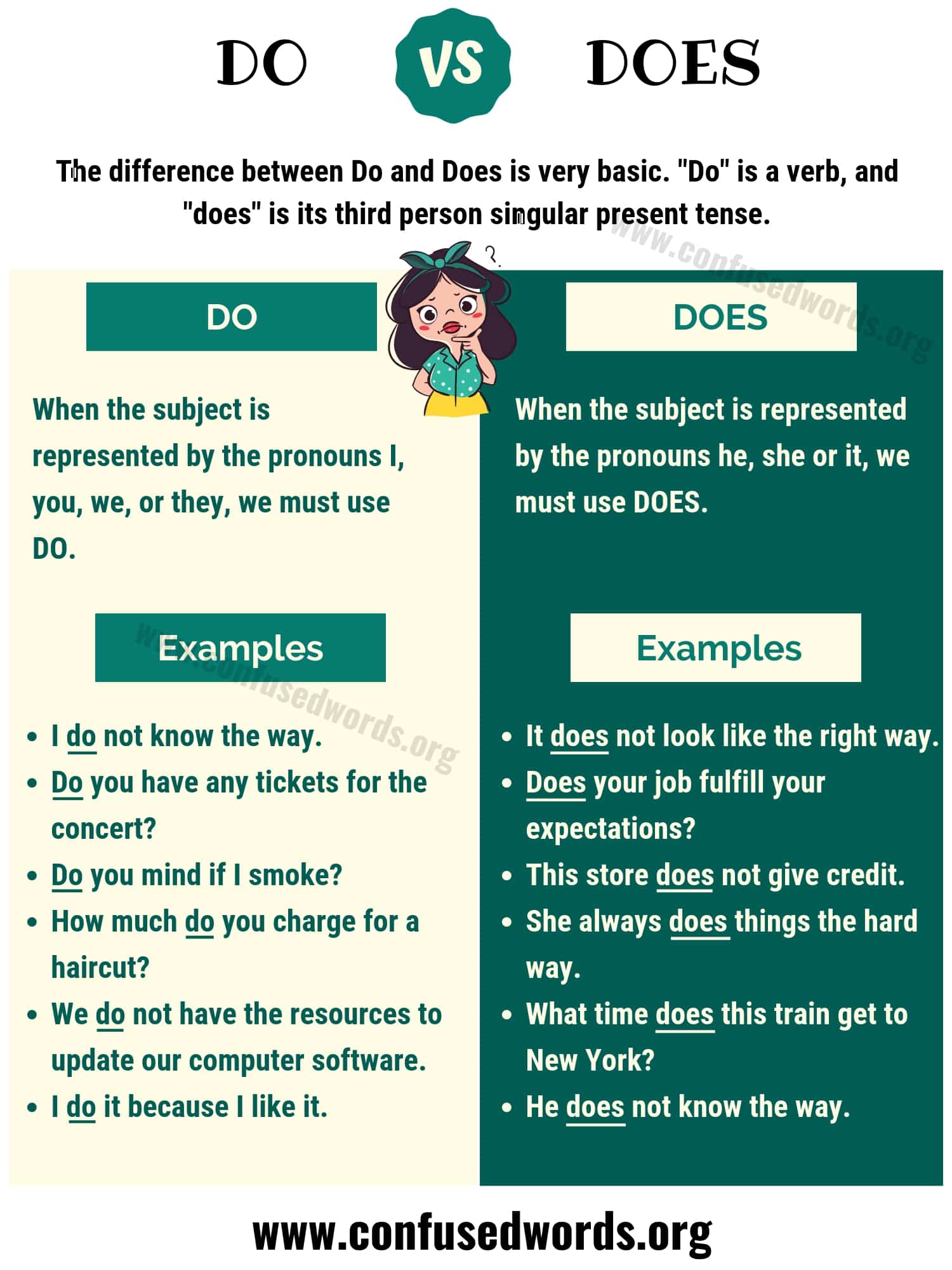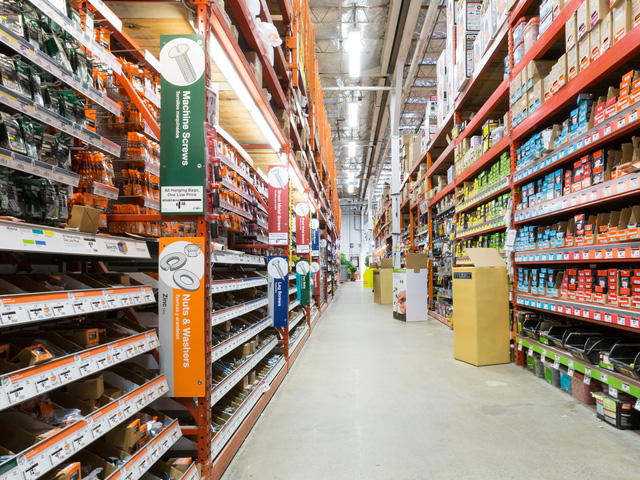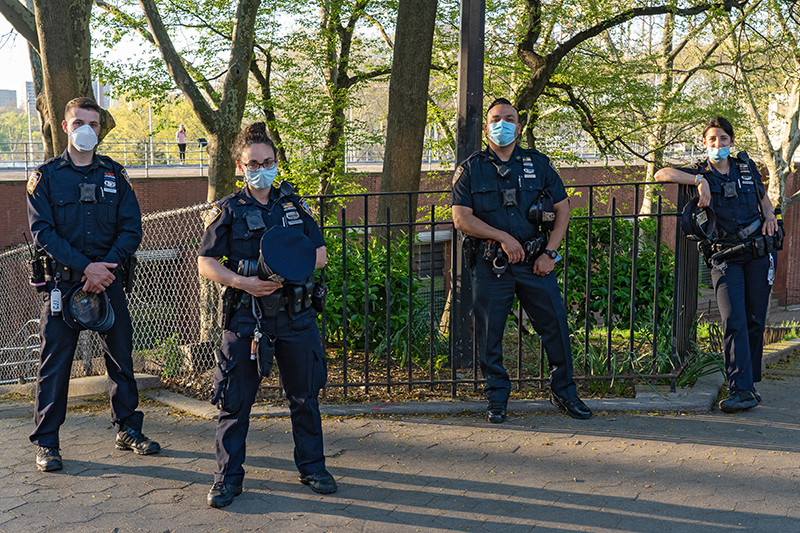How Certain Career Choices Can Negatively Affect Your Long-Term Health and Wellness
Introduction: The Lasting Impact of Career Choices on Health
Your career is not just a source of income-it shapes your daily life, identity, and, significantly, your long-term health and wellness. While some jobs offer stability and satisfaction, others can compromise both your physical and mental health over time. Understanding which career choices pose health risks-and how to mitigate these risks-is essential for anyone planning their professional future.
What Makes a Career Harmful to Health?
Several key factors determine whether a career could negatively impact your health and wellness:
- Physical Demands: Roles requiring repetitive movements, heavy lifting, or long hours standing increase risk of musculoskeletal disorders and chronic pain.
- Psychosocial Stress: High-pressure environments, lack of job control, and poor workplace communication can lead to chronic stress, anxiety, and depression [1] [2] .
- Exposure to Harmful Substances: Careers in manufacturing, construction, or chemical processing may expose workers to toxins, increasing risk of cancers and respiratory illnesses.
- Poor Work-Life Balance: Jobs with excessive overtime or erratic schedules can interfere with sleep, relationships, and self-care.
- Inadequate Health Policies: Lack of health support, mental health resources, and safe work environments can exacerbate existing health challenges [1] .
Major Career Choices Known to Negatively Impact Health
Not all jobs carry the same level of risk. Research consistently identifies several career paths that can be particularly harmful to health and wellness:
1. High-Stress Corporate Roles
Jobs in management, finance, or law often demand long hours, tight deadlines, and high accountability. According to a 2024 survey, 35% of workers say their jobs negatively affect their mental health, with many reporting emotional exhaustion and burnout [3] . Leadership roles can be rewarding but are commonly associated with severe stress and declining mental health, especially when support systems are lacking.
Example: A mid-level manager in a corporate setting may face persistent pressure to meet performance targets, leaving little time for self-care or family, which can lead to chronic stress or anxiety disorders.

Source: strengthstheatre-com.medium.com
2. Low-Quality, Unstable, or Poorly Paid Jobs
Occupational research shows that low-quality or unstable jobs, such as those with poor job security, low wages, and limited advancement, are strongly associated with poor physical and mental health outcomes [4] . Workers in these roles frequently experience psychosocial stressors that can deteriorate health over time.
Example: A retail worker on a zero-hours contract may lack both predictable income and benefits, making it difficult to access healthcare or manage stress, which can result in long-term mental health issues.
3. Physically Demanding or Hazardous Occupations
Careers such as construction, agriculture, or manufacturing expose workers to physical dangers, repetitive movements, and hazardous materials. Over time, these risks can lead to chronic illnesses, workplace injuries, and reduced lifespan [2] .
Example: A construction worker exposed to heavy lifting and loud machinery faces risks of hearing loss, musculoskeletal injuries, and respiratory problems, especially if workplace safety standards are not strictly enforced.
4. Shift Work and Irregular Hours
Healthcare professionals, emergency responders, and transport workers often work irregular or overnight shifts. This disrupts natural sleep cycles and has been linked to increased rates of cardiovascular disease, obesity, and mood disorders [3] .
Example: Nurses who work rotating night shifts may experience chronic sleep deprivation, which impairs immune function and raises long-term health risks.
Key Workplace Factors that Influence Health Outcomes
Beyond the job type, these seven workplace factors significantly impact employee health [5] :
- Job design and level of autonomy
- Workplace culture and communication
- Workload and job demands
- Support from supervisors and colleagues
- Recognition and advancement opportunities
- Access to health resources and benefits
- Stability and predictability of schedule
Improving these aspects can drastically reduce health risks, even in demanding careers.
How to Assess and Mitigate Health Risks in Your Career
To protect your long-term health and wellness, it’s important to be proactive about your career choices and workplace environment. Here are step-by-step strategies:
1. Conduct a Career Health Risk Assessment
Evaluate potential career paths by considering:
- Physical demands and exposure to hazards
- Typical work hours and flexibility
- Organizational support for health and wellness
- Opportunities for advancement and job satisfaction
You can use resources from the U.S. Department of Labor’s Occupational Outlook Handbook to research job risks and requirements. Visit the official Department of Labor website and search for the “Occupational Outlook Handbook” to get up-to-date information on job conditions and safety.
2. Prioritize Communication and Support
Open communication with employers about your health and wellness needs is essential. If you encounter poor communication, discrimination, or lack of support, consider:
- Requesting accommodations or flexible work arrangements
- Utilizing employee assistance programs (EAPs) if available
- Seeking support from human resources or workplace ombudsman
If these resources are not offered, you can search for external support through national mental health organizations or local advocacy groups.
3. Make Use of Available Health and Wellness Resources
Many employers offer wellness programs, counseling, and ergonomic assessments. If your workplace does not, you may be able to:
- Access local community health clinics-search “community health center” in your area
- Find mental health support via national helplines such as the Substance Abuse and Mental Health Services Administration (SAMHSA)
- Consult with your primary care provider for occupational health concerns
For job-specific hazards, the Occupational Safety and Health Administration (OSHA) provides guidelines and resources. Visit the official OSHA website for safety standards and worker rights.
4. Consider Career Transitions for Long-Term Wellness
It is not uncommon for workers to change careers or roles to protect their health. In fact, according to recent research, up to 26% of workers have switched careers for this reason [3] . If your current role is harming your health, you can:
- Research alternative careers with better work-life balance or less physical/mental strain
- Consult a career counselor or vocational rehabilitation service
- Explore retraining or upskilling opportunities through local community colleges or workforce agencies
To find local career counseling or retraining programs, you can search for “workforce development center” in your city or county. Be sure to inquire about any financial aid or support services for career changers.
Challenges and Solutions: Navigating Health Risks in Your Career
Navigating the health risks of a chosen career can be complex, especially when financial, educational, or geographic constraints are present. Here are potential challenges and ways to address them:

Source: trainingmag.com
- Financial limitations: If you cannot immediately change careers, focus on small adjustments to your work routine, such as regular breaks, ergonomic improvements, or stress management techniques.
- Lack of employer support: Seek external resources such as professional associations, union representatives, or legal aid if you face unsafe conditions or discrimination.
- Health insurance gaps: If your job lacks health benefits, research eligibility for public health coverage through your state’s health department or visit Healthcare.gov for federal options.
Remember, you do not have to navigate these decisions alone. Reaching out to trusted professionals, advocacy groups, and public agencies can provide essential support.
Key Takeaways: Making Informed Career Choices for Lifelong Wellness
Choosing a career is one of the most impactful decisions you make for your future health and wellness. By recognizing risk factors, proactively seeking supportive environments, and utilizing available resources, you can safeguard your well-being and enjoy a more sustainable professional journey. If you need further guidance, consider contacting a career counselor, occupational health specialist, or reputable national health organization for personalized advice.
References
- [1] Talented Ladies Club (2023). Four ways your career can negatively impact your mental health.
- [2] National Institutes of Health (2004). Bad Jobs, Bad Health? How Work and Working Conditions Contribute to Health Disparities.
- [3] SHRM (2024). 35% of Workers Say Their Jobs Have a Negative Effect on Their Mental Health.
- [4] KFF (2018). The Relationship Between Work and Health: Findings from a Literature Review.
- [5] Great Place to Work (2019). The Top 7 Workplace Factors that Impact Employee Health.
MORE FROM 9scholarships.de













